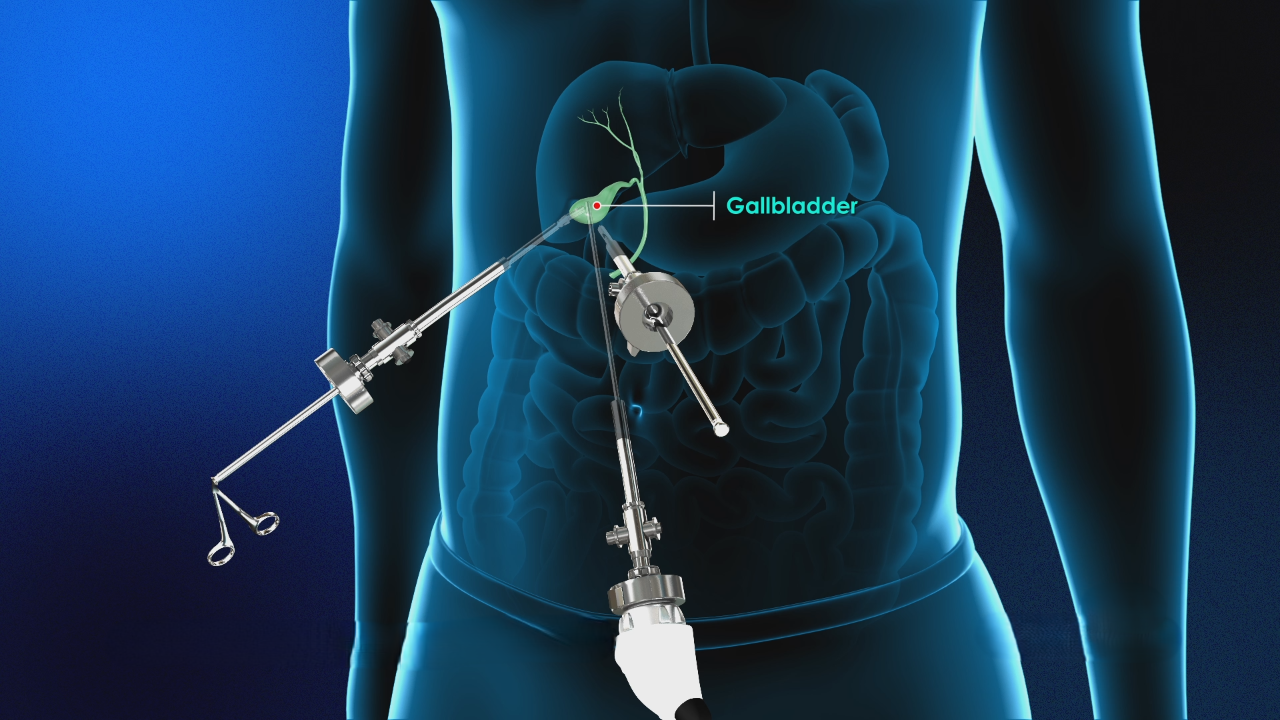
Minimally Invasive Surgery for Gallbladder Removal: What You Need to Know
Gallbladder removal, also known as cholecystectomy, is a common surgical procedure performed to treat gallstones and other gallbladder-related conditions. Traditionally, gallbladder removal required open surgery with a large incision and a longer recovery period. However, advancements in medical technology have introduced minimally invasive surgical techniques, such as laparoscopic cholecystectomy, which offer numerous benefits to patients. In this blog post, we will explore the essentials of minimally invasive surgery for gallbladder removal, providing valuable information to help you understand this procedure and its advantages.
Laparoscopic Cholecystectomy: A Minimally Invasive Approach
Laparoscopic cholecystectomy is the most commonly performed minimally invasive procedure for gallbladder removal. Instead of a large incision, this technique involves making several small incisions in the abdominal area.
Through these tiny incisions, a laparoscope—a thin, flexible tube with a camera and surgical instruments—is inserted. The camera provides a magnified view of the surgical site, allowing the surgeon to navigate and perform the procedure with precision.
The gallbladder is then carefully detached from the liver and removed through one of the small incisions. The use of smaller incisions results in less trauma to the surrounding tissues, reduced postoperative pain, minimal scarring, and faster recovery compared to open surgery.
Advantages of Minimally Invasive Gallbladder Removal
Minimally invasive gallbladder removal, specifically laparoscopic cholecystectomy, offers several significant advantages compared to traditional open surgery. Let's delve into these advantages in more detail:
Reduced Pain and Discomfort
Minimally invasive surgery involves smaller incisions, resulting in less tissue trauma and postoperative pain. Patients often require less pain medication and experience a faster recovery compared to open surgery. The smaller incisions also lead to less muscle and nerve damage, reducing discomfort during the healing process.
Shorter Hospital Stay
Minimally invasive gallbladder removal typically requires a shorter hospital stay compared to open surgery. In many cases, laparoscopic cholecystectomy is performed as an outpatient procedure, allowing patients to return home on the same day of the surgery. This reduces healthcare costs and allows patients to recover in the comfort of their own homes.
Faster Recovery Time
One of the most significant advantages of minimally invasive gallbladder removal is the quicker recovery time. Patients can resume their daily activities and return to work within a few days to a week, depending on individual healing and the nature of their job. This is in contrast to open surgery, which often requires a longer recovery period.
Minimal Scarring
Minimally invasive procedures result in minimal scarring. The incisions made during laparoscopic cholecystectomy are typically small, usually less than an inch in length. These incisions are strategically placed and often hidden in natural skin creases or areas that are easily concealed by clothing. As a result, patients experience less visible scarring, which can have both physical and emotional benefits.
Reduced Risk of Infection and Complications
Minimally invasive surgery carries a lower risk of postoperative complications and wound infections compared to open surgery. The smaller incisions result in less exposure of internal organs to external contaminants, reducing the likelihood of infection. Additionally, the shorter duration of the surgery itself contributes to a lower risk of complications.
Quicker Return to Normal Activities
With a faster recovery time, patients who undergo minimally invasive gallbladder removal can resume their normal activities sooner. Whether it's work, exercise, or social engagements, patients can get back to their regular routines with minimal disruption. This leads to improved quality of life and a quicker return to preoperative levels of functioning.
Cosmetic Benefits
The minimal scarring associated with minimally invasive gallbladder removal offers cosmetic advantages. Smaller, less visible scars are generally preferred by patients, as they are less noticeable and may boost self-confidence. The improved cosmetic outcome is particularly important for patients who are concerned about their appearance after surgery.
Improved Overall Patient Satisfaction
The advantages of minimally invasive gallbladder removal, including reduced pain, faster recovery, minimal scarring, and a lower risk of complications, contribute to improved overall patient satisfaction. Patients appreciate the shorter hospital stay, quicker return to normal activities, and better cosmetic outcomes, leading to a more positive surgical experience.
Preparing for Minimally Invasive Gallbladder Removal
Before undergoing minimally invasive gallbladder removal, it is crucial to follow your surgeon's instructions for preoperative preparation. This may include dietary restrictions, medication adjustments, and necessary medical tests. It is essential to inform your surgeon about any allergies, medications, or medical conditions you have. Additionally, discuss any concerns or questions you may have about the procedure to ensure a smooth surgical experience.
Potential Risks and Considerations
While minimally invasive gallbladder removal is generally safe, it is important to be aware of potential risks and considerations associated with the procedure. Although rare, complications such as bleeding, infection, bile duct injury, and conversion to open surgery may occur. It is crucial to choose an experienced surgeon who specializes in laparoscopic techniques to minimize these risks. Additionally, individual factors such as obesity, previous abdominal surgeries, or underlying medical conditions may affect the feasibility of a minimally invasive approach. Your surgeon will assess your case and determine the most appropriate technique for you.
Conclusion
Minimally invasive surgery for gallbladder removal has revolutionized the treatment of gallstones and gallbladder-related conditions. Laparoscopic cholecystectomy offers numerous advantages, including reduced pain, shorter hospital stays, faster recovery times, minimal scarring, and lower risks of infection and complications.
However, it is essential to consult with an experienced surgeon to evaluate your specific case and determine if you are a suitable candidate for this minimally invasive approach. By understanding the essentials of this procedure, you can make informed decisions about your healthcare and embark on a smoother journey toward gallbladder removal and improved well-being.

